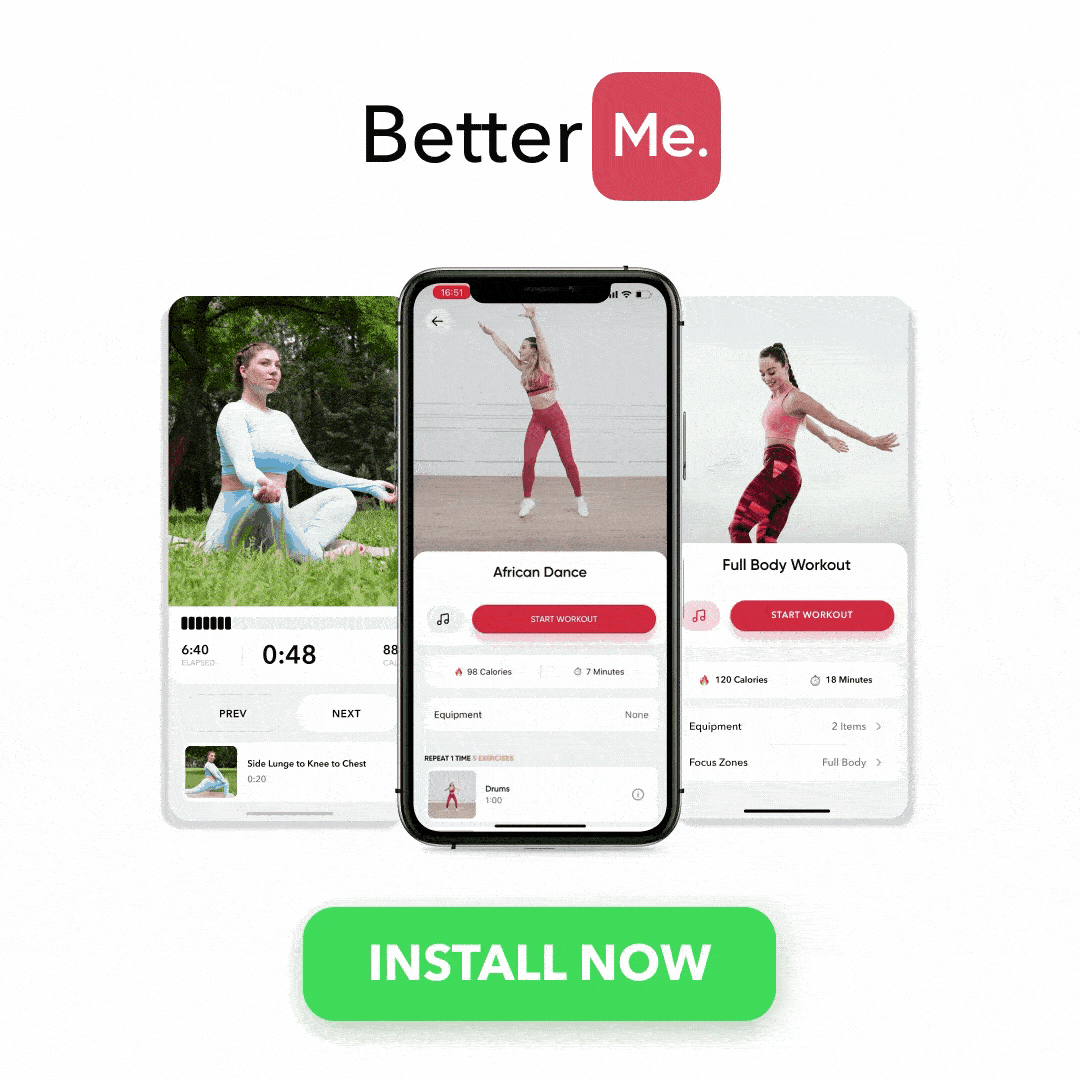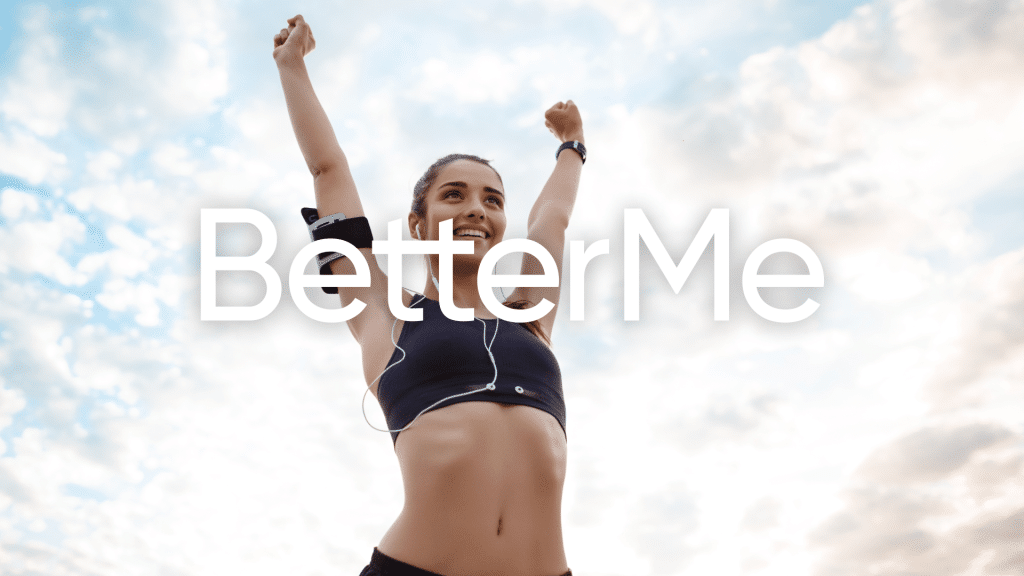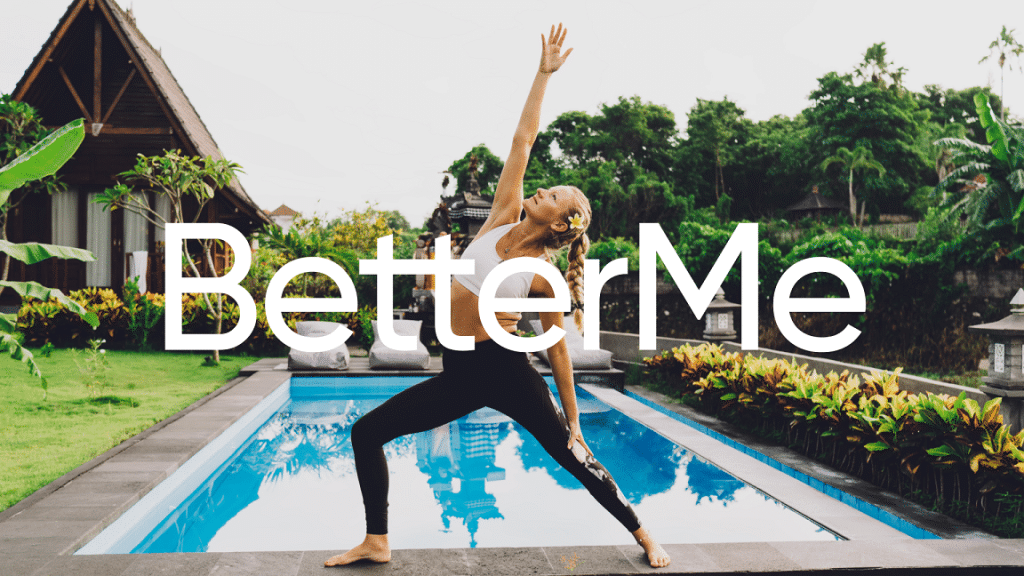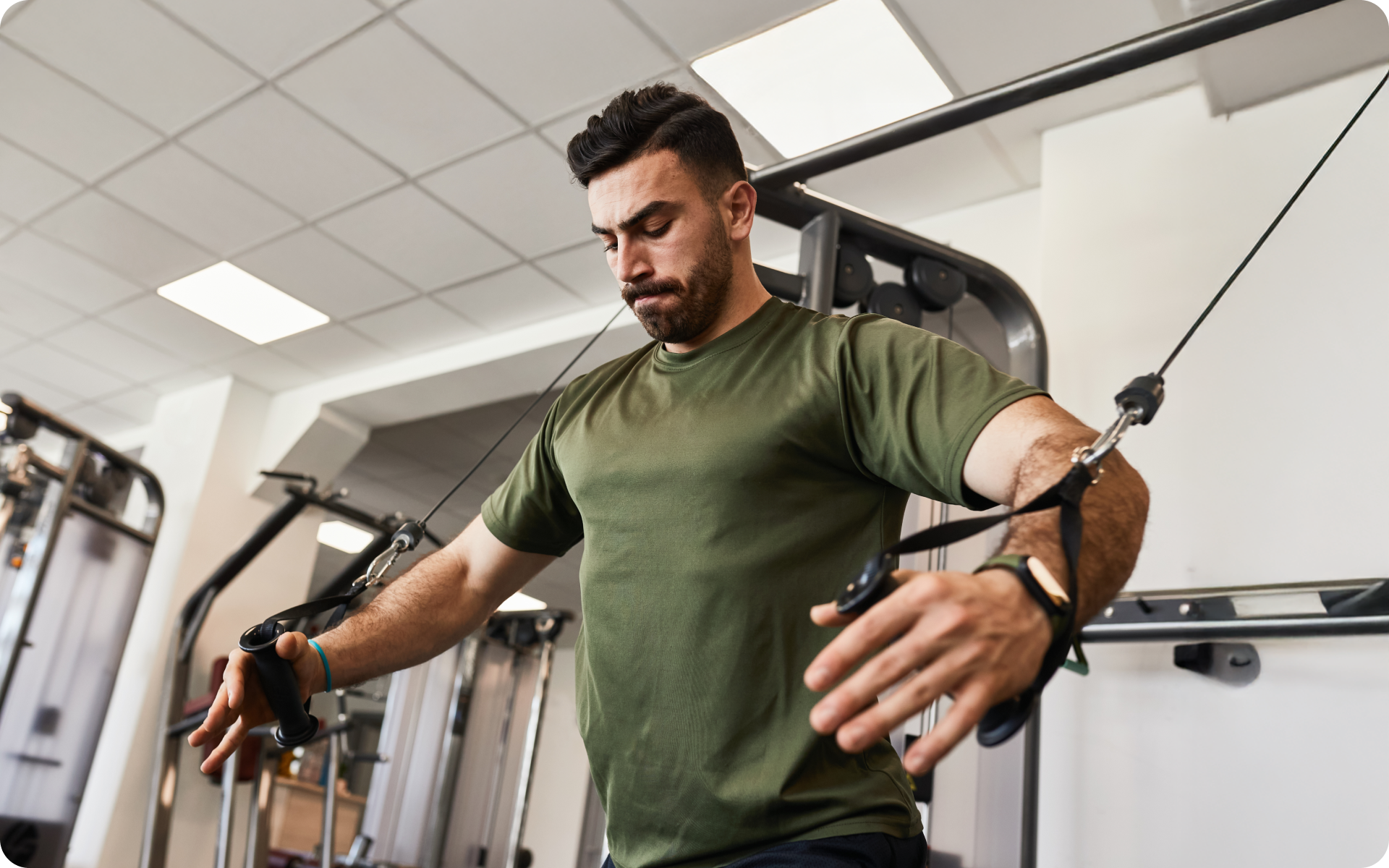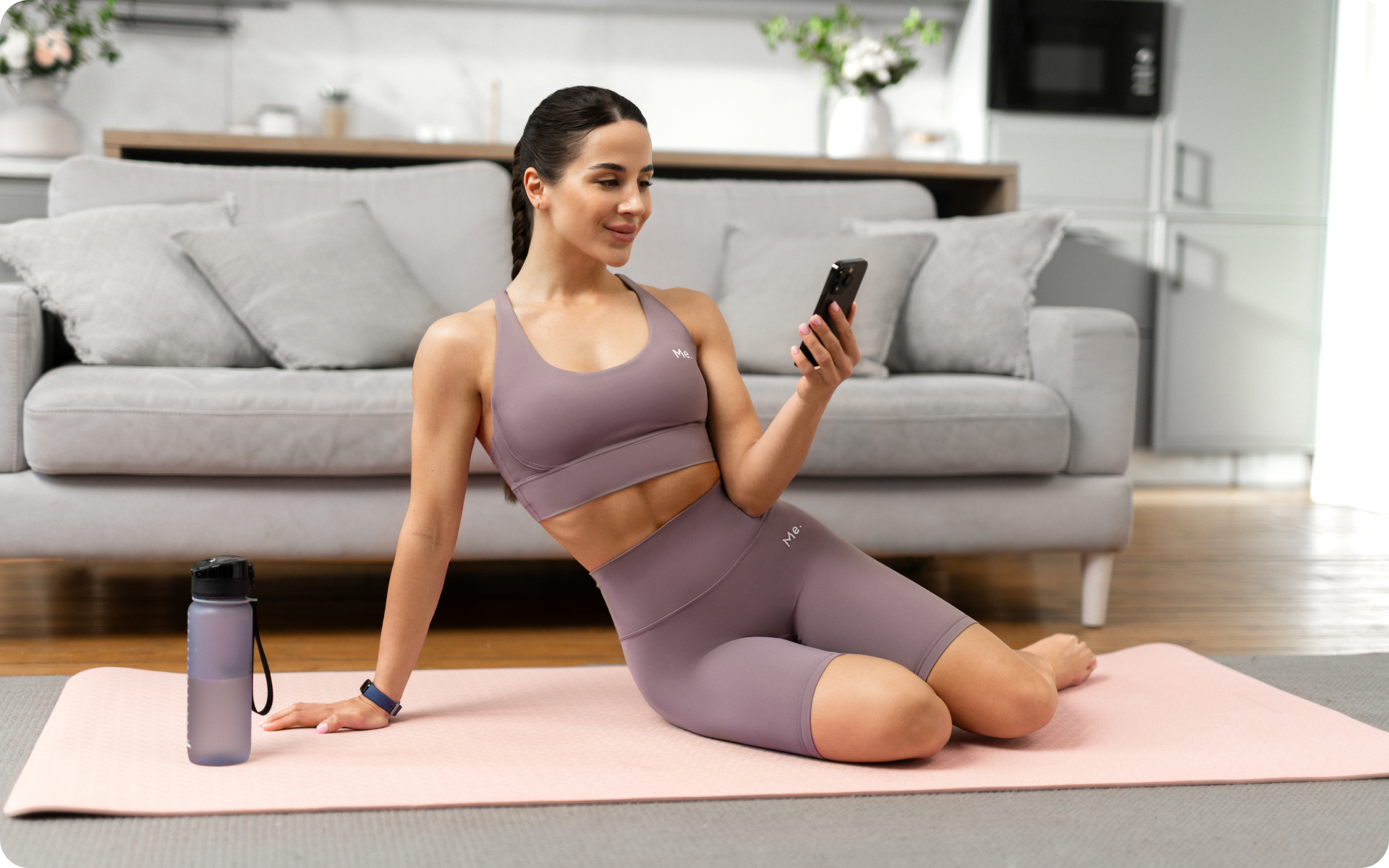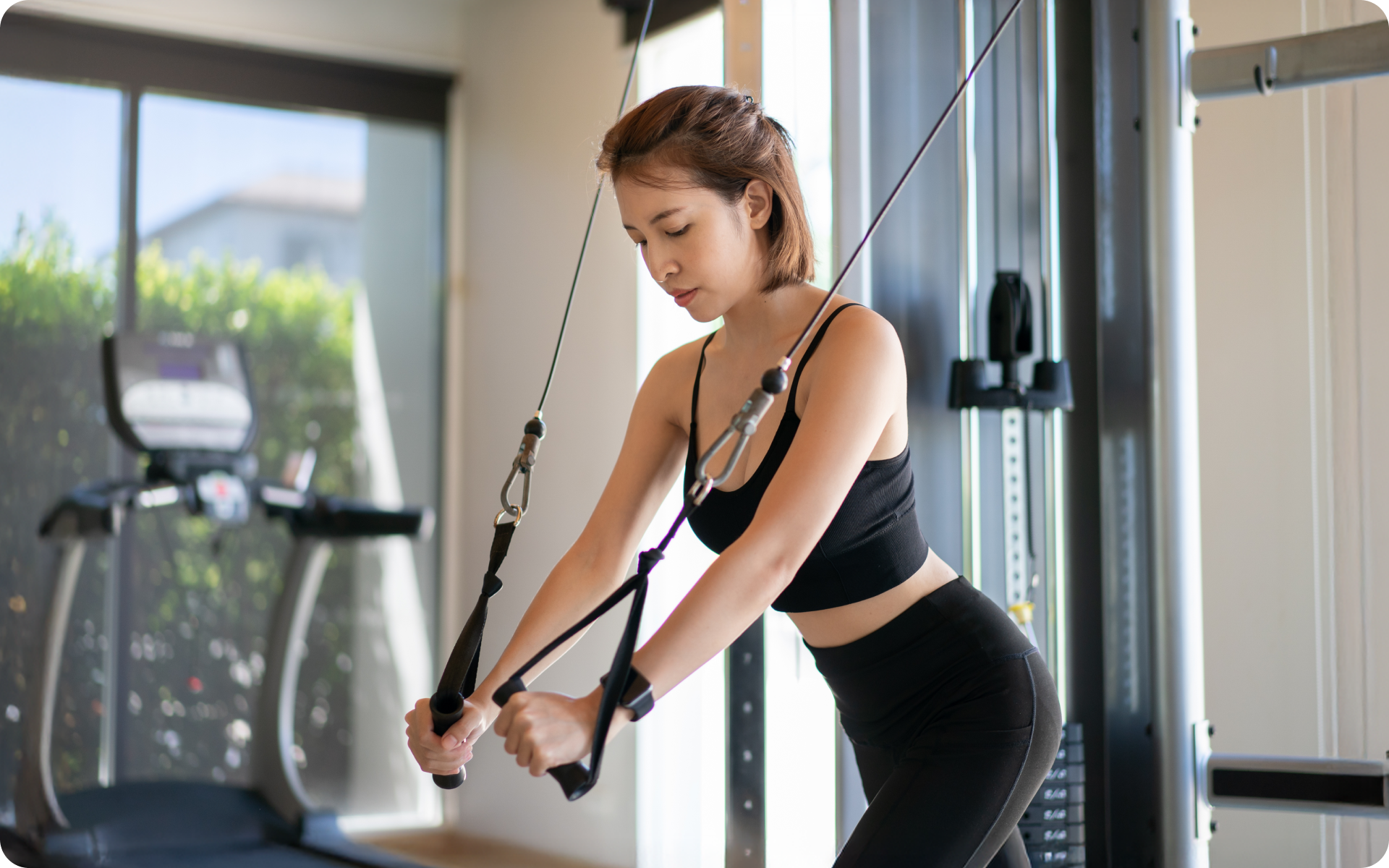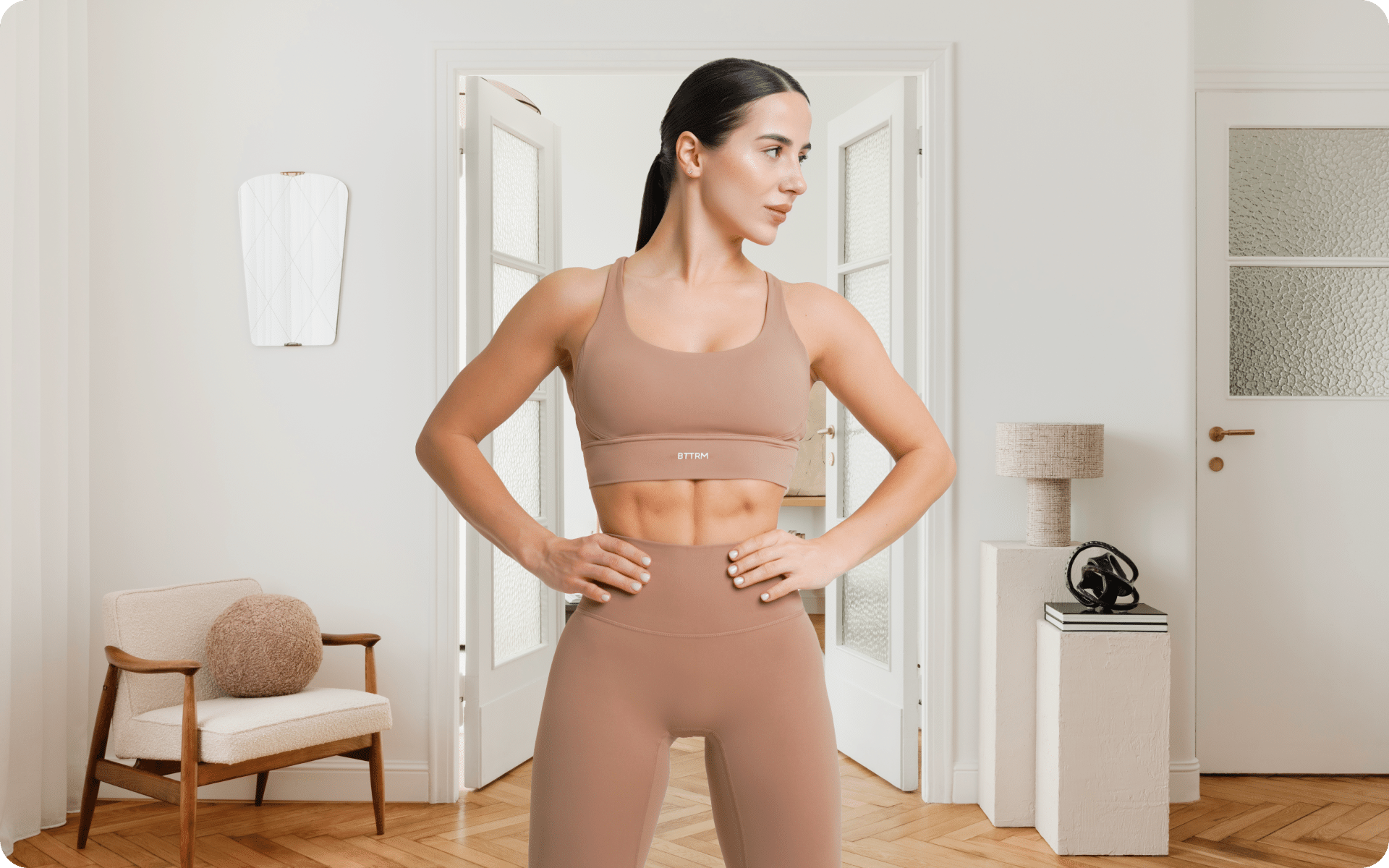Did you know that the humble squat is one of the few exercises that challenge almost all of the muscles in your body? Squatting might seem like the simplest of exercises, but it’s very beneficial because it’s a compound exercise that requires no equipment. Unfortunately though, it’s easy to have an improper squat form that ends up hurting your knees. Even worse – you might miss out on the benefits of doing different squat variations that push your muscles even further. That said, to avoid going about this exercise the wrong way, we’ve prepared a comprehensive guide to the 90 days squat challenge: find the benefits, risks, and expert tips for doing squats for three months.
The 90-Day Squat Challenge
Unlike most fitness challenges, this one is quite simple: do squats every day for 90 days.
How many squats a day? 100 squats a day is ideal if you want to get the most out of this challenge (5). While it might be difficult to get to this number at first, it becomes easier with time.
You don’t need any equipment at first (you can add weights once you get the hang of it), and you don’t need to count sets and reps. What you do need though is to use proper form and avoid injury.
The Proper Execution Of The Basic Squat:
- Stand straight up, feet shoulder-width apart, hands behind head (optional), slowly inhale then exhale, and squat down until thighs are parallel with the ground or lower. Try to keep a natural arch in your back throughout the movement.
- Pause for a few seconds once you have reached the bottom of your squat, then slowly raise yourself back up to the standing position (6).
- Repeat as many times as necessary or desired.
Read More: 28 Days Squat Challenge For A Perky And Round Peach
Different Types Of Squats You Can Add To Your Routine
There are countless variations of squats that you can incorporate into your workout routine. Even if you’re only using the basic squat while performing an exercise, changing how you hold yourself can change what muscle groups get worked and how much they get worked.
The 5 basic types of squats are regular, reverse, pistol, sumo, and jump squat. A lot of the variations will use these as a base, but with different hand positions or without weights in your hands.
The Regular Squat
The regular squat is exactly what it sounds like. From a standing position, you slowly lower yourself down to the ground until your thighs are parallel with the ground or below and then lift yourself back up (7).
This is probably the most common type of squat that people do because it’s easy to do at home or in any gym and doesn’t require any extra pieces of equipment to perform correctly.
The Reverse Squat
Similar to the regular squat except instead of moving forward you move backward. Your weight should be shifted to your heels and you will lean back slightly as you bend at the knees. Rather than touching your butt to the ground, you should keep a natural arch in your back throughout the movement (12).
The Pistol Squat
One of the more difficult variations to do. You must be standing on one foot (the other leg is lifted up) and lower your body down as though you were doing a regular squat, but instead of placing your supporting foot back on the ground when you have stood all the way up you hold yourself in position by balancing mostly on one leg while keeping an arch in your back.
The Sumo Squat
Also known as a wide squat. This movement requires much more flexibility than some of the other squats because you will need to spread out your legs quite far to do it properly.
Your feet should be wider than shoulder-width apart and about two or three inches away from each other. While lowering yourself into this position try not to let either knee go past your toes while maintaining an arch in your back (10).
In some cases, you may want to use weights or hold onto a barbell or dumbbells to help support yourself.
The Jump Squat
Probably my favorite type of squat because it can be performed just about anywhere at any time (unless there is something over your head!). To do this movement simply jump up with both feet as though you were jumping over a hurdle and then immediately lower yourself into the bottom position of a regular squat once you land on the ground (4).
You should try to drop down quickly and not bounce around when trying to do this correctly. Your feet should alternate between being pointed outward and inward during this movement (4).
Betterme will keep you laser-focused on your weight loss journey! Nutrient-packed meal plans, fat-blasting workouts, galvanizing challenges and much more. Try using the app and see for yourself!
Tips For New Squatters
- If you are just beginning to do squats it is best to begin with your bodyweight only (without any added equipment). Once you get used to doing this exercise correctly and safely, gradually start doing squats with weights.
- Make sure that when you are at the bottom of your squat and about to stand up, you don’t rush and try to quickly pull yourself up. Instead, use small movements so that you can properly lift yourself into a standing position without straining any muscles or joints.
- When squatting down, try to keep your weight as close to the center of your feet as possible. If you lean too far over your toes, it will cause more pressure on your knees and if you balance too far in front of the toes, then it will be difficult for you to squat down all the way. Keep a little arch in your back when doing this exercise for better posture and more support.
- Always have a spotter when lifting heavy weights or using any kind of equipment so that they can help out if necessary.
- A good warm-up before beginning this training regimen is highly advised because once neglected, it may lead to pain or injury later on (13).
5 Squat Benefits That Make This 90-Day Challenge Worth It
There are many reasons why you should incorporate this exercise into your workout routine. The most important benefits of the squat are:
Strengthens Muscles
What muscles do squats work? Single squats are great for targeting a specific area of bodybuilding, such as the gluteus or quadriceps (muscles in your butt and thighs) respectively.
When you do squats, not only does it exercise the main muscle groups that are worked in squats, but it also flexes over a dozen other supporting muscles (such as your calves and hamstrings). Squats have been proven to benefit even the tiniest of muscle fibers (5).
It’s a compound exercise which means it targets multiple muscles in your body, including the quads (front of the thighs), glutes (buttocks), hamstrings, calves, and core. It’s one exercise that will work out almost all muscle groups (5).
Burn Fat
In addition to toning these muscles, squats are also beneficial for fat loss as they help burn calories in a relatively short amount of time. How many calories do squats burn? According to the Harvard Medical School, a 155-pound person can burn approximately 223 calories doing 30-minutes of vigorous strength or weight training exercises, like squats. Note that this is true even if you don’t add any additional exercises to your workout routine (2).
Read More: Bodyweight Squats: A Simple Yet Effective Full Body Exercise
Strengthening Core & Increasing Flexibility
Squats are one of the best exercises for strengthening your core. They also help you develop a good posture because they target your legs, butt, and back muscles; in addition to this, it is a great way to improve leg strength and balance as well as a peripheral vision which will make you more aware of your surroundings (3).
Increased flexibility or range of motion means that over time you can stretch out those stubborn body parts that just won’t loosen up on their own. This will also prevent or reduce the risk of injury (3).
Squats stretch out the knees and make them stronger for running. This is particularly beneficial for people who run frequently since it decreases knee pain associated with overuse of the joints due to intense activity (9).
Improve Cardiovascular Health
Since squats have such wide-ranging effects on your body, they improve cardiovascular health by strengthening the heart itself. Your heart is used to pumping blood through large amounts of muscle during workouts; when you do these exercises consistently, you will find yourself having more stamina for longer periods of time because your heart has grown stronger (1).
Reduce Risk Of Injury
Even though many people think doing squats increases their chance of injury, but that only applies when the exercise is not done properly. Not only does regular exercise strengthen joints and prevent injury from occurring in the first place, but doing squats also increases your balance and coordination, so you are less likely to slip or fall while squatting (11).
BetterMe app will kick you out of the mental funk, shake off your extra weight, rid you off your energy-zapping habits, and help you sculpt the body of your dreams. Intrigued? Hurry up and change your life for the better!
Are There Any Risks?
Since there are both benefits and risks to be weighed out with any exercise regime, it is important that you know all of the basics before you begin a squat-focused workout program.
- Squats may increase the risk of injury due to an increased chance of falling and spraining an ankle or sustaining a shoulder or knee injury if done improperly. Make sure you have good posture throughout the movement (as when standing) to prevent injuries (8).
- Do not do squats if you already have bad knees or torn ligaments. This will only cause further damage.
- It’s important to use a spotter when doing squats if you are using extremely heavy weights and/or if your balance is off or unstable. This will ensure safety in case you fall while doing the exercise with added weight.
- Do not begin without properly stretching first; you’ll increase your risk of injury this way as well (13).
The Bottom Line
There are many types of squats and it is important to not just use the same type over and over again in your training. This will help prevent muscle injury or burn-out from repetitive motions. When doing a squat exercise make sure that you maintain proper form, warm up beforehand, have a spotter when doing heavy lifts, and always try to see how much weight you can lift before having to stop for a rest.
DISCLAIMER:
This article is intended for general informational purposes only and does not address individual circumstances. It is not a substitute for professional advice or help and should not be relied on to make decisions of any kind. Any action you take upon the information presented in this article is strictly at your own risk and responsibility!
SOURCES:
- 3 Kinds of Exercise That Boost Heart Health (n.d., hopkinsmedicine.org)
- Calories burned in 30 minutes for people of three different weights (2021, harvard.edu)
- Comparison of Core Muscle Activation between a Prone Bridge and 6-RM Back Squats (2018, nih.gov)
- Comparison of weighted jump squat training with and without eccentric braking (2008, pubmed.gov)
- Effects of Body Mass-Based Squat Training in Adolescent Boys (2013, nih.gov)
- How to Perform a Squat: Tips for Proper Form & Technique (2015, hss.edu)
- How to squat? Effects of various stance widths, foot placement angles and level of experience on knee, hip and trunk motion and loading (2018, nih.gov)
- How to Squat Correctly (n.d., arthritis.org)
- If my knee hurts, why exercise? (n.d., aaos.org)
- Sumo Squat Guide: How to Do Sumo Squats (2021, masterclass.com)
- Systematic review of functional training on muscle strength, physical functioning, and activities of daily living in older adults (2014, springer.com)
- The back squat: A Proposed assessment of functional deficits and technical factors that limit performance (2015, nih.gov)
- The effect of warm-ups with stretching on the isokinetic moments of collegiate item (2018, nih.gov)

